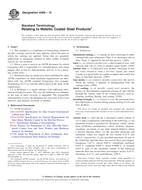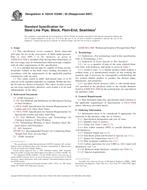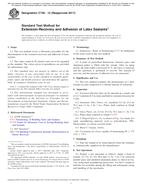1.1 This test method was developed using copper electrodes to evaluate the low-voltage (up to 600 V) tracking resistance of materials in the presence of aqueous contaminants.
Note 1 – At this time, only industrial laminates have been examined using this method which was developed at the National Manufacturers Electrical Association (NEMA) laboratory located at the University of Cincinnati. It was found that a closer end point (less scatter) was obtained than with platinum electrodes, and materials tested tended to be ranked by resin system.
1.1.1 It is acceptable to consider other electrode materials for use with this test method depending upon the application of the insulating material.
1.2 This test method is similar to Test Method D3638, which determines the comparative tracking index of materials using platinum electrodes to produce the tracking on the specimen surface.
1.3 The values stated in metric (SI) units are the standard. The inch-pound equivalents of the metric units are approximate.
1.4 This standard is used to measure and describe the response of materials, products, or assemblies to heat and flame under controlled conditions, but does not by itself incorporate all factors required for fire hazard or fire risk assessment of the materials, products, or assemblies under actual fire conditions.
1.5 Fire testing is inherently hazardous. Adequate safeguards for personnel and property shall be employed in conducting these tests.
Product Details
- Published:
- 01/15/2010
- Number of Pages:
- 5
- File Size:
- 1 file , 99 KB


